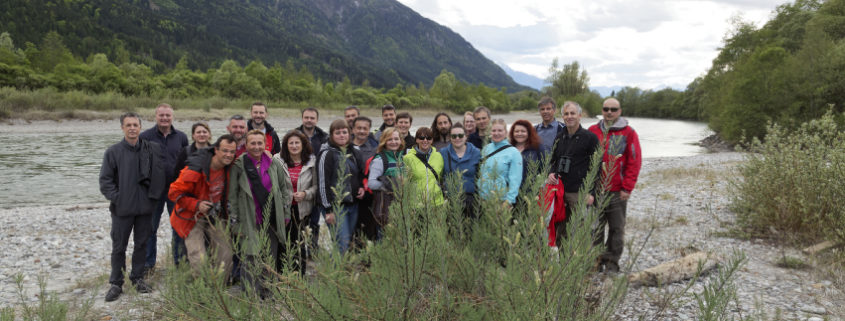Thanks to the EU’s LIFE program, life has returned to Austrian rivers
Visits to LIFE river restoration projects in Austria
Representatives of WWF, Hrvatske vode, Croatian Ministry for Environmental Protection and Energy, Green Osijek and Public institutions for nature protection in Virovitica and Koprivnica-Križevci County visited the river restoration projects in the Upper Drava and Upper Mura in Austria, and river Tagliamento in Italy, famous for its spectacular gravel bars that are stretching for miles.
Austria is well-known for its decade-long investment in the restoration of its rivers that has been continuous to improve their environmental condition, which was damaged by the outdated river management practices and intensive channeling. After the last year’s visit to the Danube, partners in the DRAVA LIFE project visited LIFE restoration projects on Upper Drava and Upper Mura river, which significantly improved river dynamics and reintroduced plant species such as German Tamarisk (Myricaria germanica) and and Dwarf Cattail (Typha minima), which are indicators of dynamic and natural rivers. By creating new habitats, conditions for the return of many animal species that have already disappeared from this area have been improved. At the same time, they have created a better passive defense against floods, as well as new areas for recreation and fishing.
“We went to two locations of EU LIFE projects on Drava and Mura. With the restoration of old sidearms, oxbows and gravel islands, they were able to re-connect the mainstream of Drava and Mura with their tributaries and floodplains. This has largely remedied the damage caused by the many years of channeling of the river, restored the biodiversity of the area as well as its touristic value,” said Branka Španiček from WWF Adria.
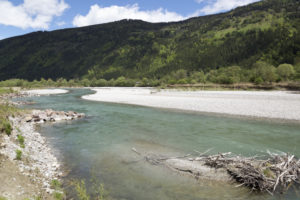
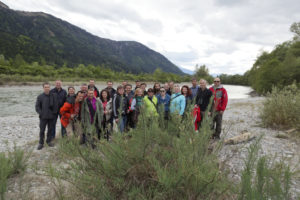
The first day partners also visited the Tagliamento River, which runs in the Italian Dolomites and is world famous for its gravel bars, stretching for miles along the river. Because of its extremely dynamic hydromorphology, Tagliamento River is extremely important for the transport of gravel and sand to the Adriatic Sea, on which coastal tourist areas are depending.
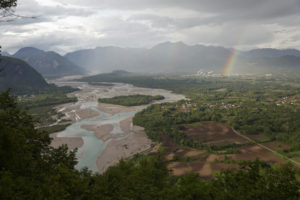
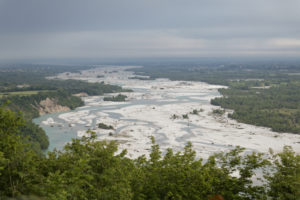
“The exchange of experience between LIFE projects is an integral part of the LIFE project activities. Apart from the fact that many experts are involved, there are also examples of good practice. This visit to river restoration projects in Austria will greatly assist the quality implementation of the restoration of the Drava river ecosystem, “concluded Jasmin Sadiković, project coordinator of DRAVA LIFE from Green Osijek.

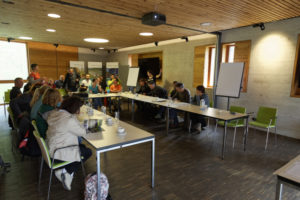
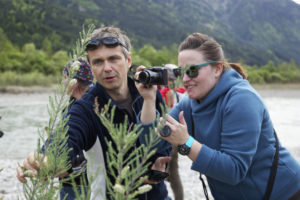
River ecosystems are among the most endangered ecosystems in Europe and the Drava River is no exception. As many as 22 hydropower plants in Austria, Slovenia and Croatia intersect Drava and left only a short section of free flowing river in Croatia. The aim of the five-year project DRAVA LIFE – integrated river management is to restore the river characteristics and degraded ecosystems to achieve the objectives of the EU Water Framework Directive and Natura 2000. During the project partners will renovate and create 1,000 meters of dynamic river banks, 13 hectares of new dynamic river zones with gravel, sand and clay banks, 14.5 kilometers of sidearms and improve 300 hectares of floodplain forests.


